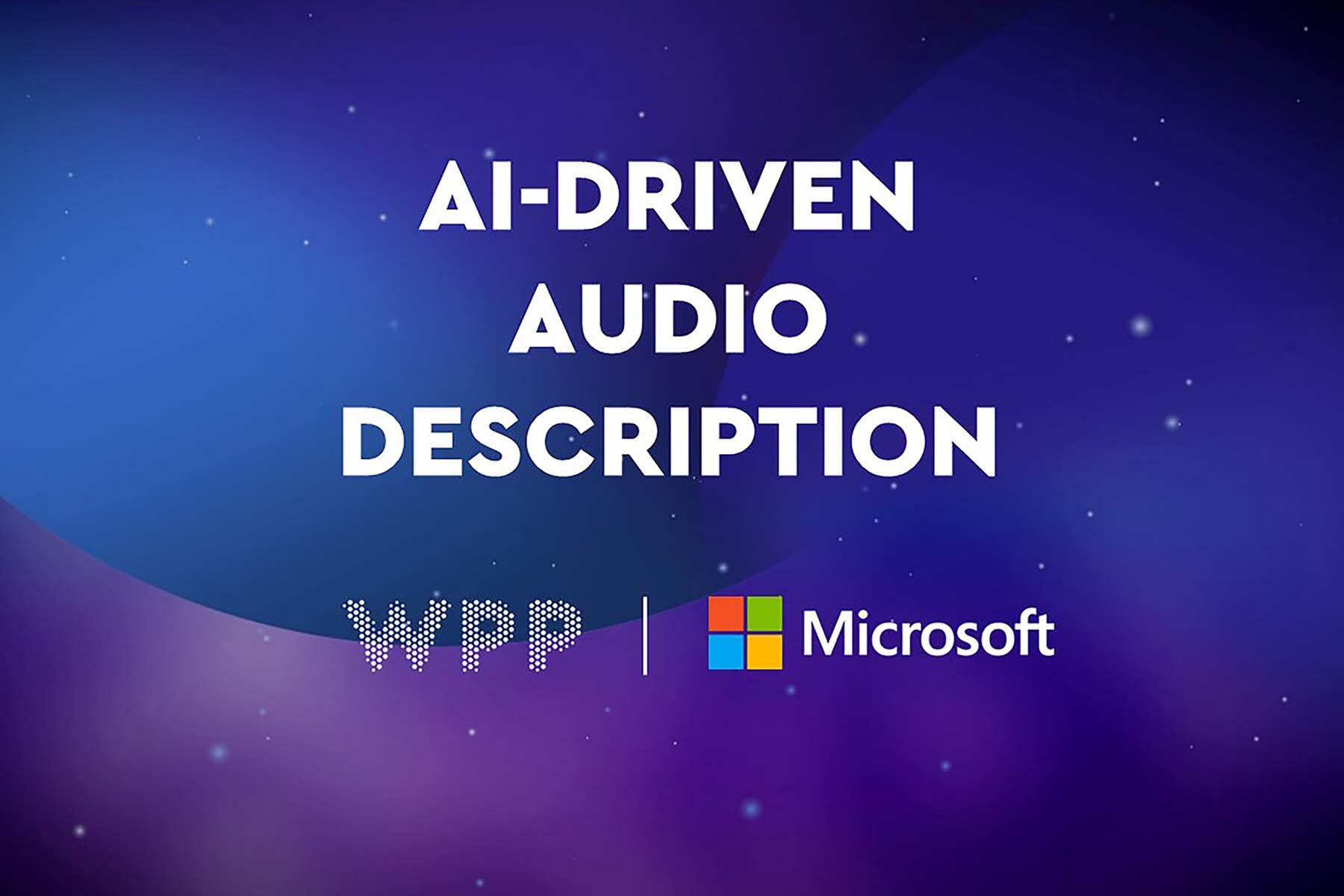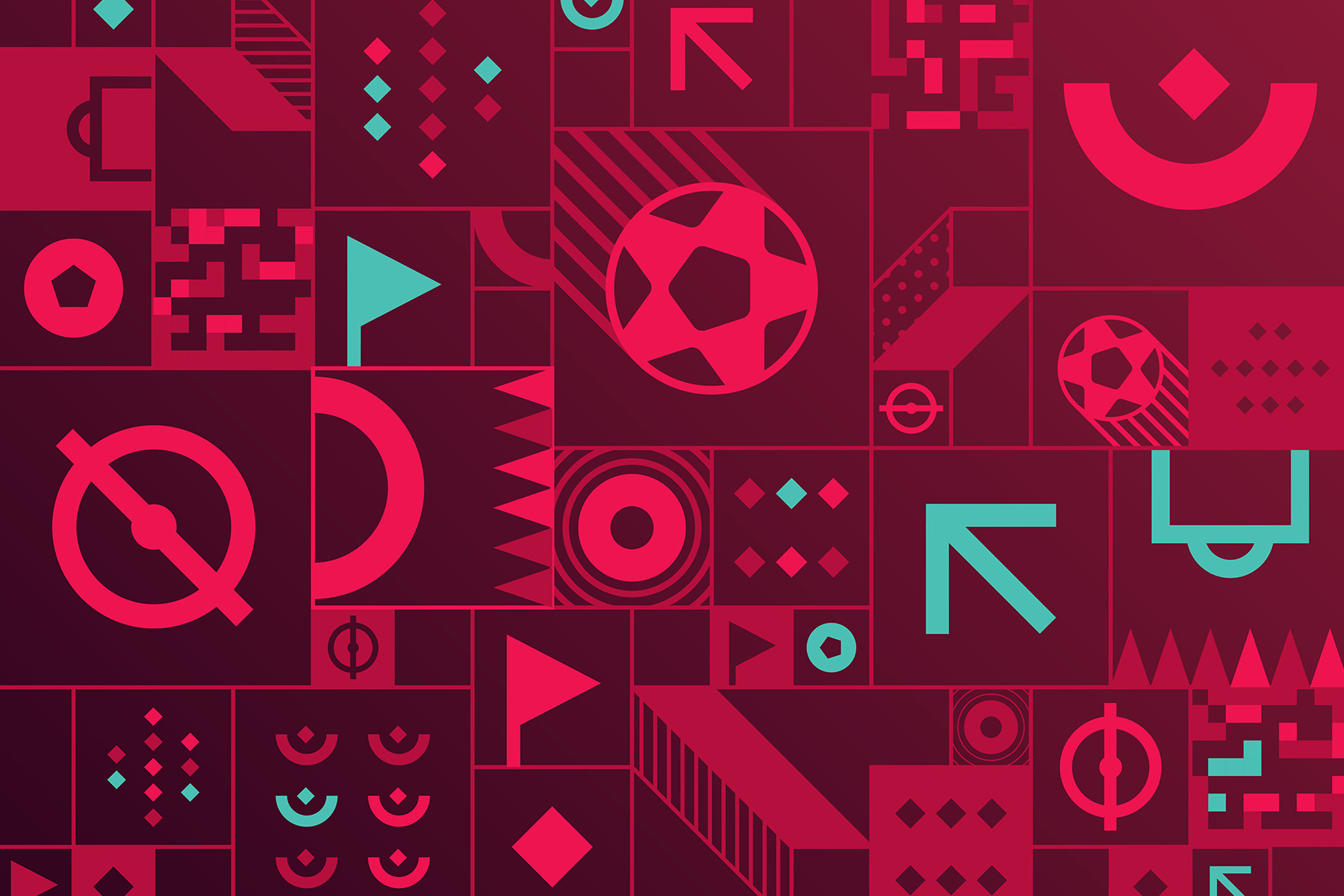Christina Mallon, Global Inclusive Design & Digital Accessibility Lead, Wunderman Thompson speaking at Microsoft Ability Summit 2020
Inclusive design 101
See things differently
The enormous – and underserved – market for people with disabilities is ripe for innovation and disruption. Companies that understand this and take advantage of the opportunity will be making a strategic decision with long-term benefits.
Accessibility versus inclusivity
Accessibility enables people with disabilities to make use of products and services, but it is very often an item on a checklist rather than part of the DNA of a design.
Inclusive design puts usability by the largest number of people – including those with disabilities – at the very heart of the creative process. The end result can be a hands-free controller for a videogame, a handbag with Velcro closing for people with limited upper-body mobility or a space with lowered countertops for people who use wheelchairs. Inclusive design works best when it’s not intended for a specific need, but rather benefits anyone who uses it.
Understanding disabilities
Disabilities can be divided into four categories: mobility, vision, hearing and neurological. Simply put, a disability might seem like a personal health condition but the World Health Organization (WHO) does not define it that way. Instead, it says that disability reflects the interaction of the features of a person and the features of the society they live in. Disability occurs when a product, service or environment is not suited to a person’s capabilities.
Getting started: how do you design inclusively?
On the surface this would seem a varied and difficult task, with as many solutions as there are different disabilities. But this is not the case. The goal of inclusive design is to create one product that works for all. Instead of helping people conform to inflexible systems, products and services should be able to adapt to the capabilities of whoever needs to use them.
We can understand this better by looking at the difference between an accessible parking spot and a smart assistant with a screen. The parking spot improves access to an already existing infrastructure that is not designed to cater for people with disabilities. A smart assistant with a screen can be adapted to the needs of whoever is using it. It might enable someone with limited mobility to turn on lights or someone with limited vision to hear the news, but it can also enable a non-disabled person do those things as well.
Three core principles of inclusive design
Recognise exclusion. Exclusion occurs when we use our own biases to solve problems. Inclusion requires us to consider the widest possible set of capabilities of the people who might be using a product or service.
Learn from diversity. In designing for people with disabilities, we must recognise that a key feature of their daily lives is adaptation. We’re not designing for limitations but rather for people who can adapt to new situations. In recognising this, we can unlock the true potential of the design for the people who it is intended to serve.
Solve for one, extend to many. Inclusive design focuses on what’s universally important to all people. If you create a solution that works well for someone who cannot hear, you might be surprised to find out that it also increases the productivity and improves the life of a person who can. A simple example might be a self-driving car: it enables a blind person to increase her or his mobility, but it would also likely be a safer and more convenient option for anyone else.
For more in-depth insight and analysis, read Wunderman Thompson’s Designing for Everyone report
published on
11 June 2020
Category
More in Experience

Let’s add audio for visually impaired audiences
How to make advertising more accessible for visually impaired audiences

The Future 100: wellbeing, humanity, emotion and tech
This annual trend spotter – by WPP’s VML – gives us the context for the new normal for marketing in 2024.

Activating sports events – the ultimate balancing act
WPP Sports Practice takes a look at the art of timing for sports event activation

